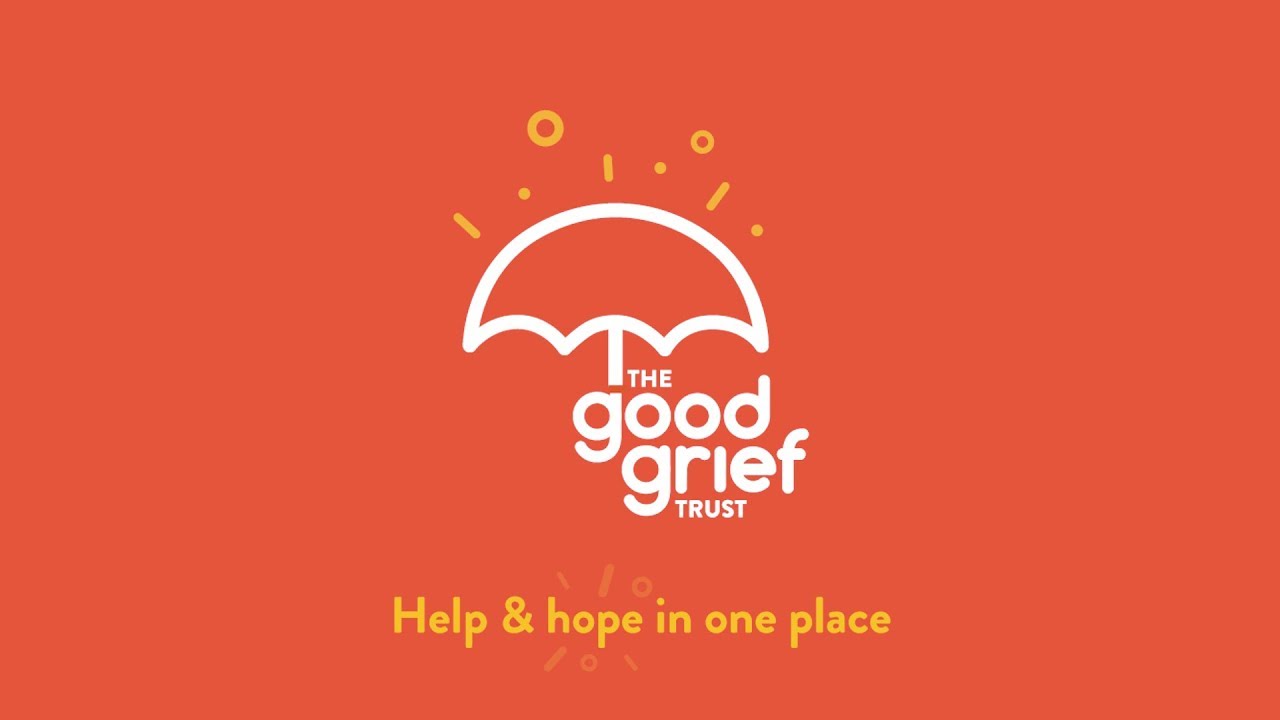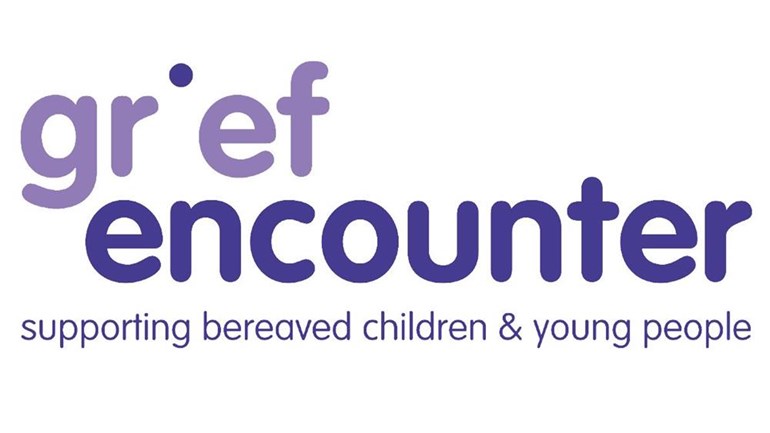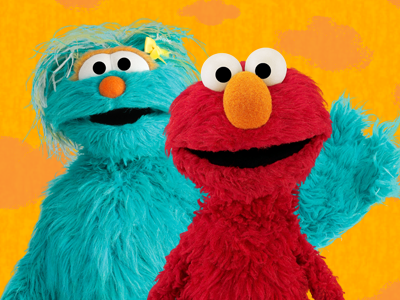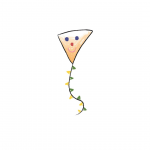PLAY THERAPY
What is Play Therapy?
Play Therapy helps children understand muddled feelings and upsetting events that they haven’t had the chance to sort out properly. Rather than having to explain what is troubling them, as adult therapy usually expects, children use play to communicate at their own level and at their own pace, without feeling interrogated or threatened.

What will happen in my child’s Play Therapy sessions??
Your child’s Play Therapist will have a large selection of play materials from which your child may choose. These may include art and craft materials, dressing up props, sand and water, clay, small figures and animals, musical instruments, puppets and books. The Play Therapist will enable your child to use these resources to express him or herself without having to provide verbal explanations.

How long does Play Therapy take?
Some children will respond to a short term intervention (for example up to 12 sessions). However, when problems have persisted for a long time or are complicated a longer-term intervention may be required. In these circumstances some Play Therapists have worked with children for two years or more. Sessions are usually once a week and consistency on a regular day and at the same time and place is very important for developing a trusting relationship. Unplanned missed sessions may disrupt the progress.

How can Play Therapy help my child?
Play is vital to every child’s social, emotional, cognitive, physical, creative and language development. It helps make learning concrete for all children and young people including those for whom verbal communication may be difficult.
Play Therapy helps children in a variety of ways. Children receive emotional support and can learn to understand more about their own feelings and thoughts. Sometimes they may re-enact or play out traumatic or difficult life experiences in order to make sense of their past and cope better with their future. Children may also learn to manage relationships and conflicts in more appropriate ways.
The outcomes of Play Therapy may be general e.g. a reduction in anxiety and raised self-esteem, or more specific such as a change in behaviour and improved relations with family and friends.
Most commonly Play Therapists work with children and young adults between 4 – 12 years old, however when appropriate or necessary their work can be adapted for older children also.

What does a Play Therapist do?
Play Therapists receive extensive training in subjects such as child development and attachment (the bonding process). They are also trained to use play, a child’s natural form of expression, as a means for understanding and communicating with children about feelings, thoughts and behaviour.
A Play Therapist will begin by carefully listening to your concerns about your child and family. They will review their history and find out about the stresses the family have been through so that they can help your child make sense of it. They may ask to seek information from school and other significant adults in their lives. An assessment is made of your child’s strengths as well as their difficulties.
Your child’s Play Therapist will talk with you about what to tell your child about their Play Therapy and how to anticipate and answer your child’s questions. The Play Therapist will also provide you with information in ‘child friendly’ wording.

What can I do as a parent/carer to help?
You are very important in supporting your child through the process.
• Be consistent and encouraging to your child about attending sessions regularly.
• Resist the urge to ask your child what they did, as this will put pressure on them to comment on something they may have difficulty understanding themselves.
• Please don’t ask your child to ‘be good’ or check they have been. Therapy is not about being ‘good’ or ‘bad’ and your child must feel free to express ‘bad’ feelings in an uncensored way.
• Don’t insist that your child tell certain things: it is their time and they must feel free to express themselves at their own pace. Instead tell your concerns to the Play Therapist on a separate occasion.
• Play can be messy and it is helpful if your child can wear old clothes to minimise their anxiety about this.
• During any therapeutic intervention behaviour may appear to get worse before it gets better – please tell your child’s Play Therapist if you have any concerns.
• Please also feel free to ask your child’s Play Therapist any questions throughout the process.
Why is the therapeutic relationship so important?
The therapeutic relationship that develops between your child and their Play Therapist is very important. Your child must feel comfortable, safe and understood. This type of trusting environment makes it easier for the child to express his/her thoughts and feelings and to use the therapy in a useful way. It is also crucial that your child knows you are supporting the process.

What is 1 - 1 Bereavement Counselling?
1-1 counselling with children involves all sorts of interactive and creative ways to explore grief and loss including memory jars, art work, writing letters and all sorts of other ways that help children process their feelings in a way that works for them.
For more info on our Children’s Counselling services see our Children’s page
Will it be confidential?
Information that you share about your child and family will usually be kept confidential. A Play Therapist may share information with other colleagues and professionals for the benefit of your child with your permission. A Play Therapist must share information with other professionals if they are concerned that a child is being harmed, hurting others or themselves. They will usually talk to you about this first.
Your child’s Play Therapist will meet with you at regular intervals to discuss progress in therapy sessions and any changes and developments you have witnessed or experienced at home. However the Play Therapist will not disclose specific details of what your child has played. This is important in order to maintain your child’s trust and feelings of safety with the therapist.
My Play Therapist
‘Sarah Lilley is a BAPT (British Association of Play Therapists) registered play therapist, passionate about emotionally supporting children and families. After originally pursuing a degree in Early Childhood Studies, she later specialised as an Early Years teacher. She worked in the UK and internationally for 12 years before returning to the UK to do a Masters in Play Therapy.
Sarah says, ‘It never ceases to amaze me how children and young people see the world. It is a privilege to meet children and families where they are in their journey and to provide a safe space where difficult feelings can be processed; helping children to feel seen and heard. I work one to one with children and where necessary, involve the family in the process too.

Videos
The Heart and the Bottle
Once there was a girl whose life was filled with all the wonder of the world around her. Then one day something occurred that caused the girl to take her heart and put it in a safe place. Would she know when and how to get her heart back? This is a gentle reminder of what we stand to lose when we lock away loss.
Waterbugs and Dragonflies
This is the story of a small colony of water bugs living below the surface of a pond. Whenever a bug leaves the pond, those left behind are faced with the mystery of their absence. Stickney invites children into the question of their absence in order to help children understand death and the emotions associated with loss.
The Invisible String
The Invisible String offers a very simple approach to overcoming loneliness, separation, or loss with an imaginative twist that children easily understand and embrace, and delivers a particularly compelling message in today’s uncertain times. This special paperback edition includes vibrant new illustrations and an introduction from the author.
The Huge Bag of Worries
Wherever Jenny goes, her worries follow her – in a big blue bag. They are with her all the time – at school, at home, when she is watching TV and even in the bathroom! Jenny decides they have to go, but who will help her get rid of them?
A funny and reassuring story about dealing with worries and anxiety. It can be used as a spring board into important conversations with your child. The perfect book to soothe worries during stressful times.
The Rabbit Listened
The Rabbit Listened is a gentle story about loss. When something terrible happens, Taylor doesn’t know where to turn. All the animals are sure they have the answer; the chicken wants to talk it out, but Taylor doesn’t feel like chatting, the bear thinks Taylor should get angry, but that’s not quite right either! One by one, the animals try to tell Taylor how to process this loss, and one by one they fail. Then the rabbit arrives… All the rabbit does is listen, which is just what Taylor needs.
Books
Here are a few books that we recommend
Benny’s Hat
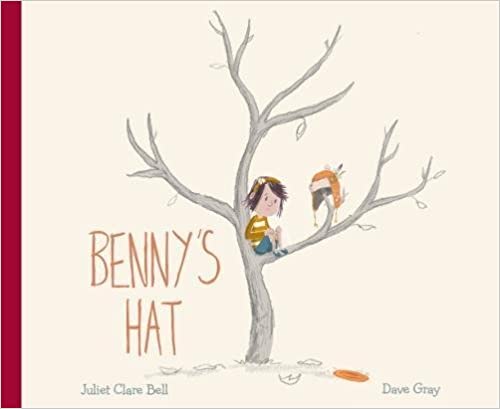
Benny’s Hat quietly deals with the subject of sibling bereavement. It beautifully illustrates how children and adults process loss differently, whilst providing examples of how to support children when a sibling is suffering from a serious or life limiting illness.
This book is extremely helpful in supporting families, child and young people through pre-and post-bereavement.
The Colour Monster
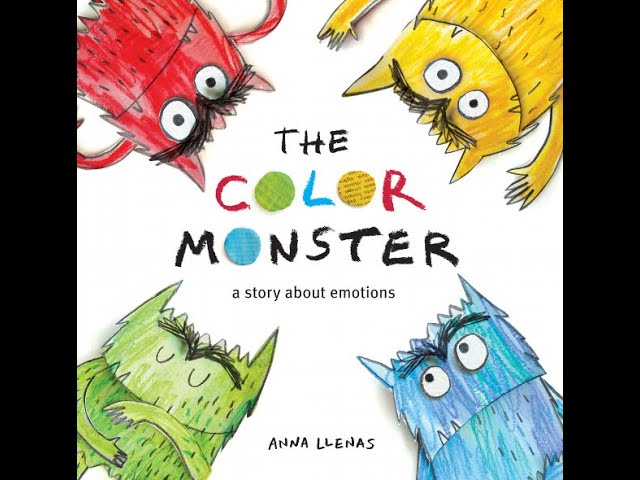
One day, Colour Monster wakes up feeling very confused. His emotions are all over the place; he feels angry, happy, calm, sad and scared all at once! To help him, a little girl shows him what each feeling means through colour.
The Day the Sea Went Out and Never Came Back

The Day the Sea Went Out and Never Came Back is a story for children who have lost someone they love. Eric is a sand dragon who loves the sea very much. Each day, he watches it going out and coming back. But one day, the sea goes out and does not come back. Eric falls on the sand in terrible pain. It feels to him as if he has lost everything. After a while, Eric saves a wild flower by giving it some water. He starts to make a beautiful rock pool garden and, as he does, he finds the courage to feel the full pain of his loss, instead of closing his heart.
Muddles, Puddles and Sunshine
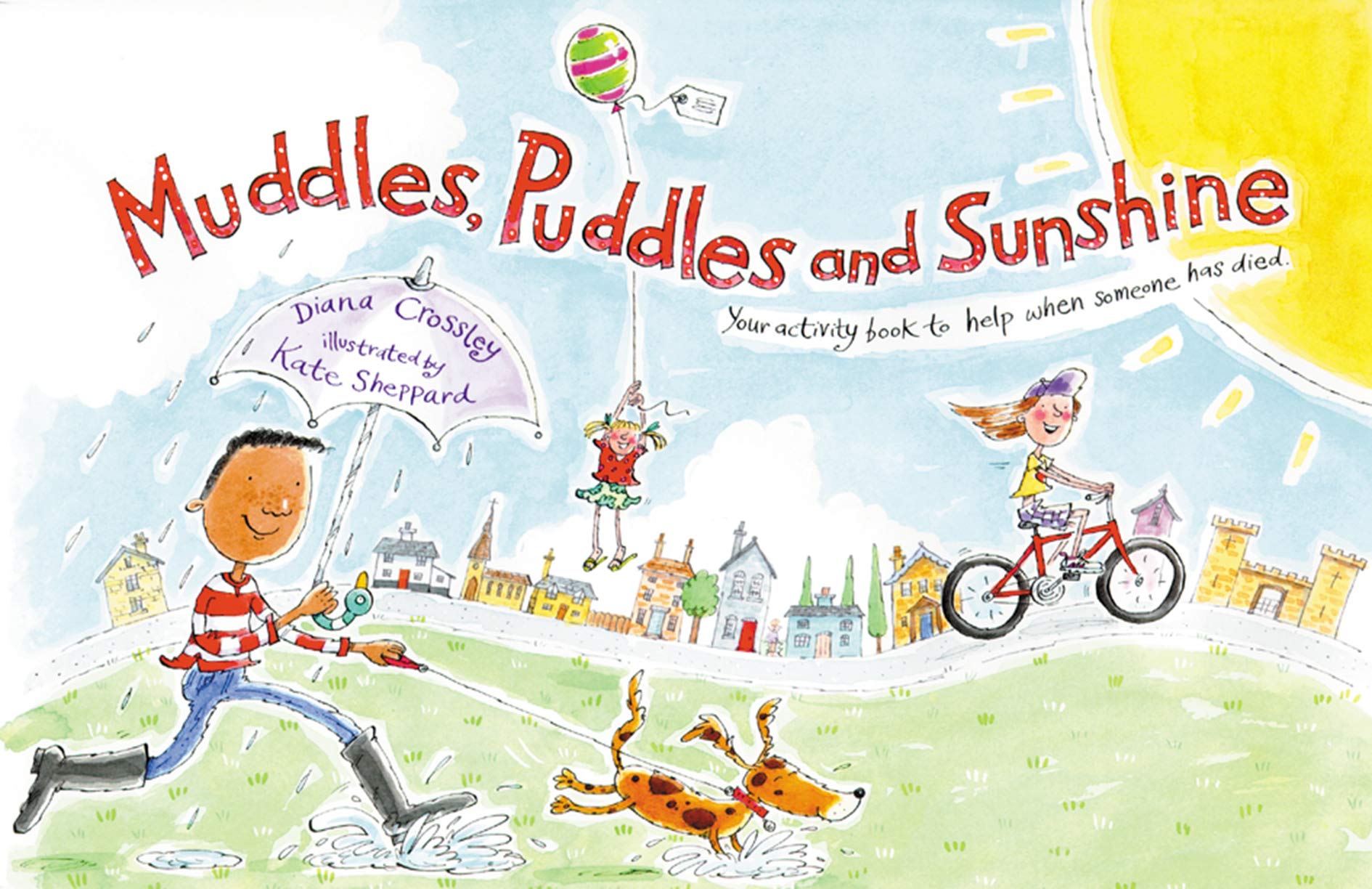
Muddles, Puddles and Sunshine offers practical and sensitive support for bereaved children. Beautifully illustrated, it suggests a helpful series of activities and exercises accompanied by the friendly characters of Bee and Bear. This book offers a structure and an outlet for the many difficult feelings which inevitably follow when someone dies. It aims to help children make sense of their experience by reflecting on the different aspects of their grief, while finding a balance between remembering and having fun. This book is a useful companion in the present, and will become an invaluable keepsake in the years to come.
Always and Forever
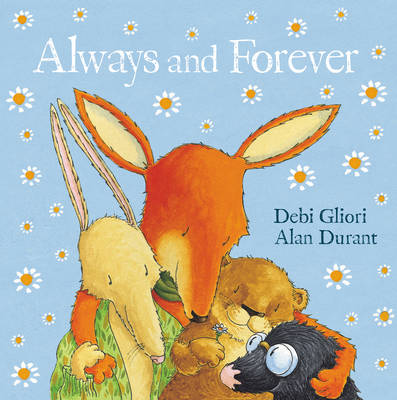
When Fox dies, Mole, Hare, and Otter are devastated. They feel they will never get over their great sadness. How can life go on without him? Then one day Squirrel comes to visit. She reminds Fox’s family of all the funny things he used to do. And as the friends share dinner and tell stories, they realize at last that in their hearts and memories, Fox is still with them, and he will be, always and forever.
This gentle story is just right for anyone who has experienced the loss of a loved one.
Exploring my senses
Why is it important to explore our senses?
Click on the links to see some ideas to try at home.
Our senses are closely connected to our emotions and can trigger memories, consequently having a dramatic impact on how we feel.
Children naturally learn about the world around them using all five senses. From birth, children are experts at learning with their senses active. They have not learned to select the information from any one sense as more important.
Each of our senses uses its own detection system to gather information from our surroundings. This information is then sent to the brain where it will be processed to create a complete sensory picture of our environment.

Smell

Taste

Feel
Light and colour stimulate brain activity. From the moment you are born, sight contributes to your developing awareness of the world, whilst different colours can trigger different emotions.
Sound is all around us, everyday; man-made and natural. Our hearing teaches us right from wrong in addition to helping to decipher safety from danger.
Special cells in the nose detect different chemicals in the air that we breathe in. Our sense of smell is a powerful tool. It is most common for memories to be triggered by specific scents. It is believed that natural oils such as lavender promote calmness and wellness whilst reducing stress and anxiety.
Taste buds on the tongue react to salt, sour, bitter, sweet and umami tastes in our food. We learn to associate key learning moments and memories to taste.
Various receptors in our skin can detect different types of touch, including pressure and vibrations. This sense allows children to have a ‘hands on’ approach to learning and lived experiences, allowing them to reflect and engage in activities they feel comfortable with.
Here is what some experts say about Play Therapy
Here is what some people say about our work






